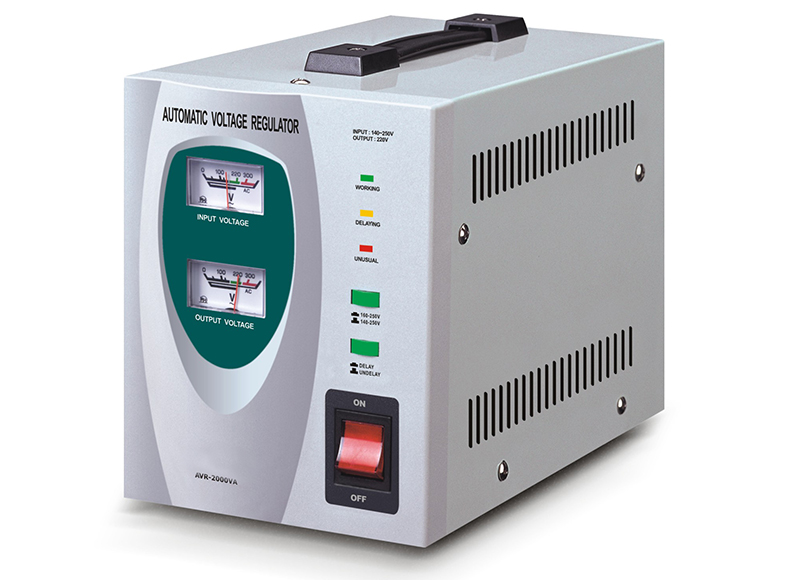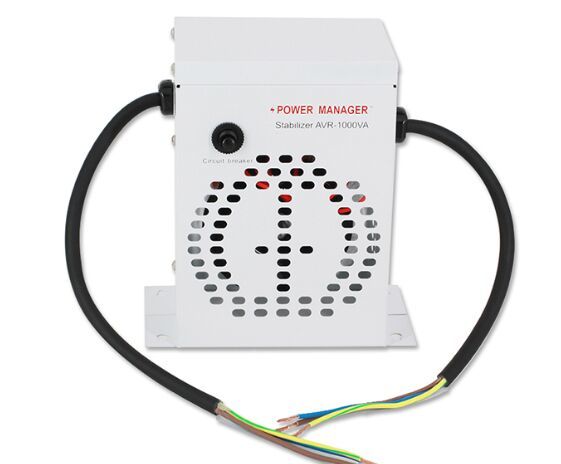Alternator voltage regulators can be divided into contact type voltage regulators and electronic voltage regulators. The generator must have a voltage regulation device, so that when the generator speed changes, the generator voltage is automatically adjusted to keep the voltage constant or within a certain allowable range to prevent the generator voltage from being too high or too low and burning out Electric equipment, overcharge or undercharge the battery.

The silicon diode of the alternator has unidirectional conductivity and has the function of preventing reverse current. It determines that the battery cannot discharge to the generator and reverse current occurs, so there is no need to install a reverse current interrupter; and because the alternator has its own limitations The output current does not exceed the maximum capacity, so there is no need to use a current limiter, only 1 voltage regulator is needed.
When the generator speed changes, to keep the voltage constant, only change the magnetic flux of the magnetic poles accordingly, that is, when n increases, reduce the sound to keep the voltage constant. The magnitude of the magnetic flux sound depends on the magnetic field current, so as long as the magnetic field current is automatically adjusted when the speed changes, the voltage can be kept constant. The voltage regulator performs voltage regulation based on this principle.
Since the rotor of the alternator is driven by the engine through a belt, and the rotation speed ratio of the engine and the alternator is 1.7~3, the rotation speed of the alternator rotor has a very wide range, which will cause the output voltage of the generator to occur Large changes, and the electrical equipment on the car needs a constant voltage. Therefore, in order to meet the constant voltage requirements of electrical equipment, the alternator must be equipped with a voltage regulator to work.

1000VA Automatic voltage regulator for refridgerator
The voltage regulator is a device that controls the output voltage of the generator within a specified range. Its function is to automatically control the generator voltage to remain constant when the generator speed changes, so that it will not burn out due to excessive voltage when the generator speed is high. Electric equipment and cause the battery to overcharge; it will not cause the electrical equipment to work abnormally due to the low generator speed and insufficient voltage.
1. According to the working principle, the alternator voltage regulator can be divided into two categories: contact voltage regulator and electronic voltage regulator
(1) Contact type voltage regulator. Contact-type voltage regulators have been used earlier, relying on the opening and closing of one or two pairs of contacts. The accuracy of the voltage regulator is low, the contacts are prone to sparks, large interference to the radio, poor reliability, and short life.
(2) Electronic regulator. With the development of electronic technology, almost all alternators currently use electronic regulators. Its advantages are: high voltage regulation accuracy, no sparks, light weight, small size, long life, high reliability, and low electromagnetic interference.